
At last! The age of Marvel's Merriest Mutants! Although many iconic characters came out of the Marvel Bullpen during the early sixties, my favorite has always been the X-Men. X-Men #8 is the oldest comic in my collection (would be worth hundreds if it wasn't in pretty raddy shape). The X-Men have gone through many different versions over the last 48 years, but they have always been underdogs and lived on the fringe of the superhero cosmos. DC's many heroes were adored by their public and rarely fell into disfavor, and when they did it was usually caused by a simple misunderstanding. Similiarly, the Fantastic Four and Captain America were generally accepted by both readers and their fictional worlds to be great heroes. But Stan Lee really does deserve his place in comic book history for the real-world dynamics he brought to otherwise outlandish characters. For all of Spider-Man's problems and the Hulk's status as more monster than hero, they were still accepted by readers as popular culture.
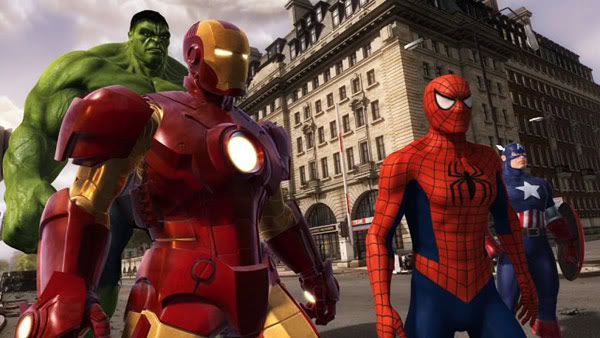
As a small child I wanted to be Spider-Man when I grew up. The Incredible Hulk was one of the most popular shows on TV. But I don't think I had even heard of the X-Men until I became a serious collector around the time I was ten. In fact, they were very much a mystery to me until I was formally introduced to them in the infamous Secret Wars series. The X-Men were secretive and unappreciated in both reality as well as the Marvel Universe.
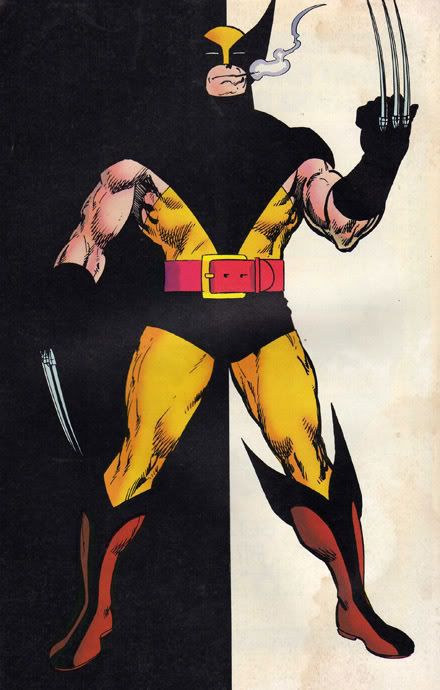
With early Marvel comics, you knew what you were about to read. The unitiated are quickly educated. There is high-camp, simple illustrations, and poor dialogue supporting weak plots. Stan and his writing team were silly, taking unabashed joy in their creations, even if it meant for cringe-inducing narrative and jokes. But Stan took the interrelations of the DC Universe (such as the JSA) and took the stories one step further. Battles in New York fought by the Avengers had ramifications that could be seen in other comic titles. Even in the earliest days with a handful of titles, the editorial staff was careful to note the order of the stories with connotations for the reader to understand in what order of events different events happened in different cross-titles. As far as I'm concerned, Stan Lee is the father of modern-day geek continuity. *1

The interrelations of the comic book characters was also an intentional motif on the storytelling. Not just to create a sense of realism within a city full of superpowered beings, but also to create dynamics and comparisons between the unflagging moralism of Captain America and the angry violence of the Hulk. The X-Men were hyper-aware of their sub-human social status in the Marvel U, and from their earliest days often made joking comparisons of themselves to the Fantastic Four and other "superheroes". These sarcastic comments carried a tremendous emotional weight about their own moral and social status that was unspoken in the text of the comics but carried to the reader through the simple medium of a twenty cent comic. This emotional context and 48 years of ethical dilemma storylines would not have quite the impact it does if the X-Men existed in a vacuum rather than living in the shadows of the Avengers and Fantastic Four.

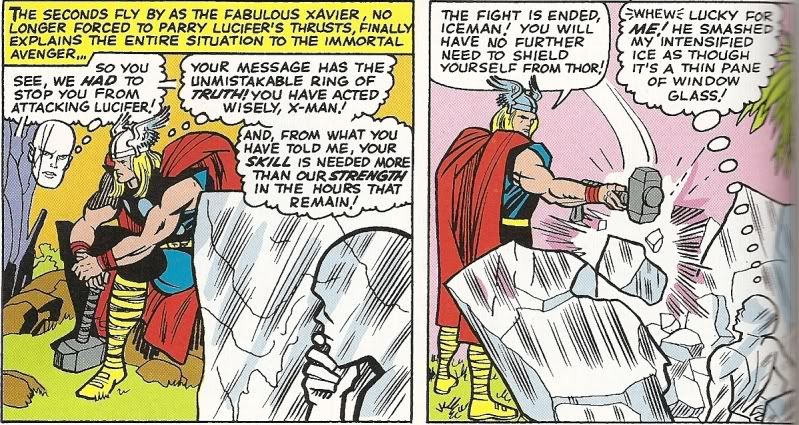
It's not for me to pinpoint the apex of Jack Kirby's career. While some of the artwork here is crude compared to his later work, he gets major points for creating the look of the Marvel universe! But even as crude as much of it may be, some of the art in these early X-Men comics nail a style that was unprecedented and still sets the tone of modern mutant mystique.

Check out the very first appearance of Cerebro: The look of this mighty mutant-finding computer has changed many times over the years (often looking like an Apple II) but I think this original Kirby design is as good as any.
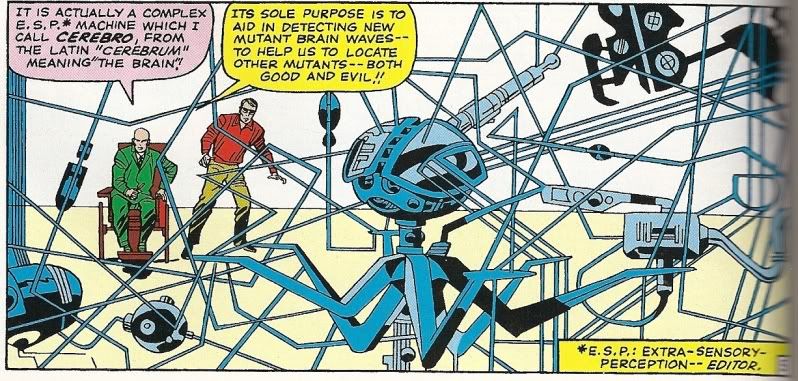
I love this battle spread. Small and simple by modern fold-out panorama standards, but this was the first time the teams met and in 1964 I bet this was epic.
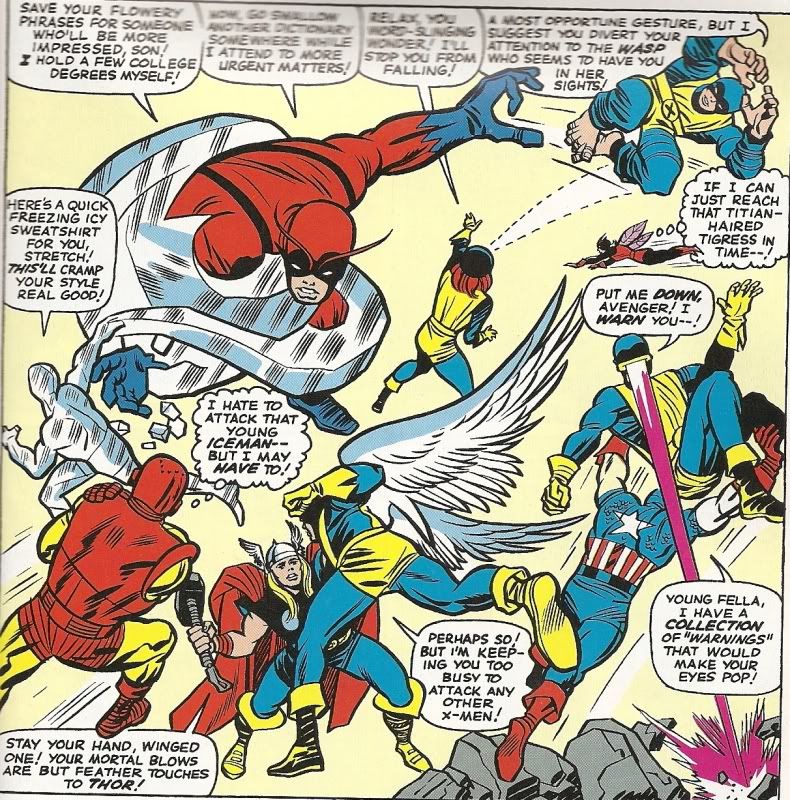
And who knew Professor X had a boner for Jean Grey back in the day? Wasn't she a teen when she joined the group? That's just wrong!
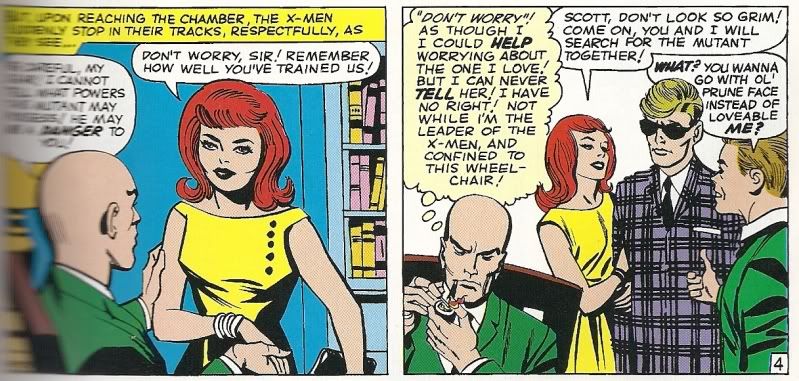
While I'm on a roll here... What is up with Bobby Drake's milkshake? I hope that's a perspective issue, and not a malted milk bigger than his torso!

Clearly I've gotten side-tracked. Fear not loyal X-Fans! There will be plenty more of the X-Men to come in this blog. We've only just scratched the surface.
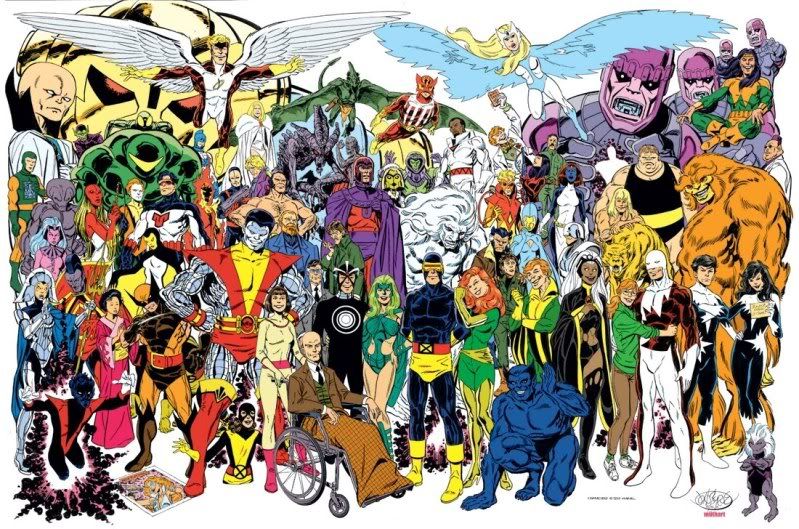
*1 In my sub-biased opinion, Marvel reached it's own epic heyday of continuity during Jim Shooter's dreadful Secret Wars II crossover event. Although the SWII comics blew harder than the Beyonder at his first gay club (*2), the organization of the massive tie-in comics spread across the entire Marvel roster. Hard-core readers like myself used the rectangular checklist on the editorial page each month to track the order of events sequenced across the entire Marvel Universe in order to track both the movements of the SWII storyline as well as other large crossover events happening at the same time. Although SWII is no defense of the much-hated Shooter, one can't fault him for putting a great deal of effort into keeping the Marvel Universe a cohesive and co-existing entity.
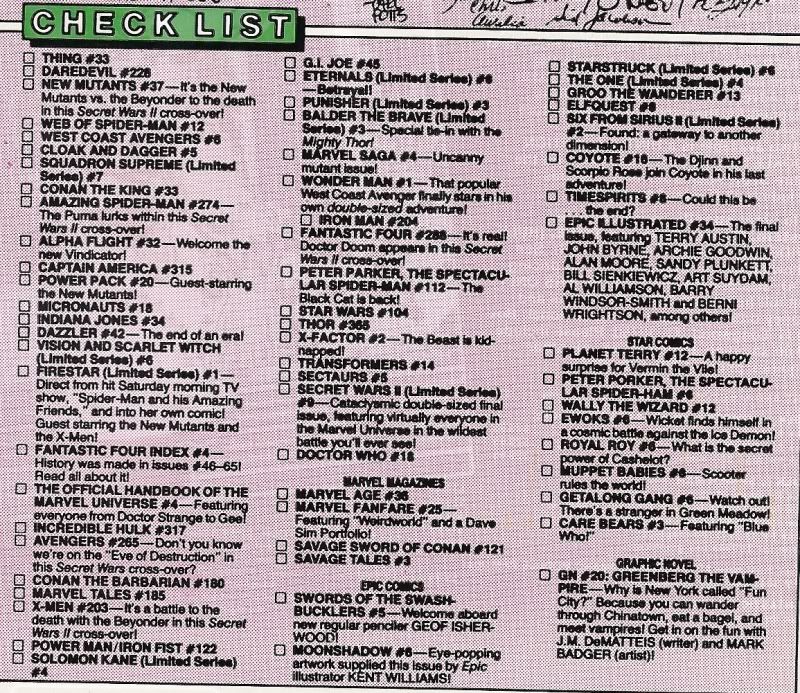
*2 In fairness to Jim Shooter, who has alienated many comic creators with his policies and alienated many comic readers with his tepid writing, I had the chance to meet him recently at a signing and he truly is a nice old guy. I've been following his blog in which he tells 'his side of the story' and I believe that he is a decent guy who loves the creative medium of comics and only ever intended to better the industry through sound business practices and good story-telling. But Secret Wars II still sucked, dude.
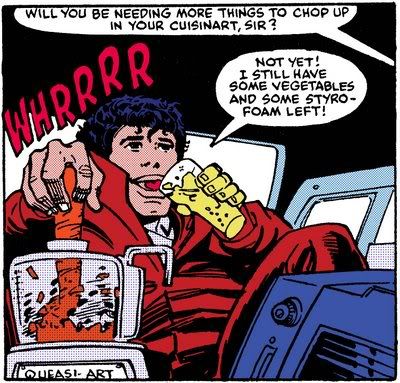
No comments:
Post a Comment